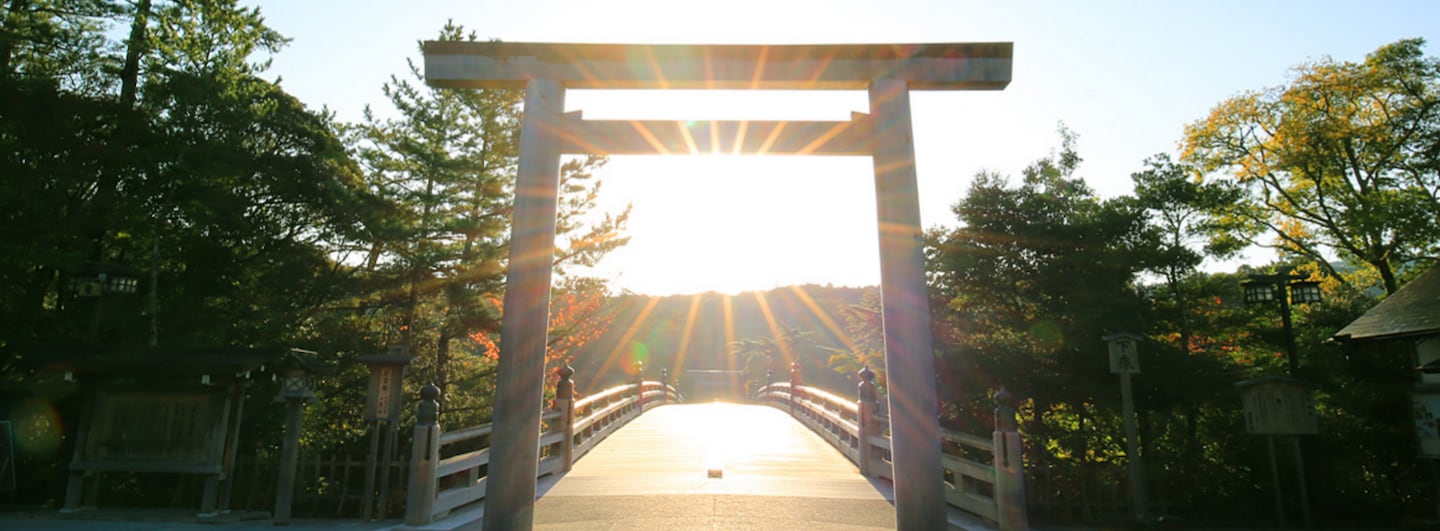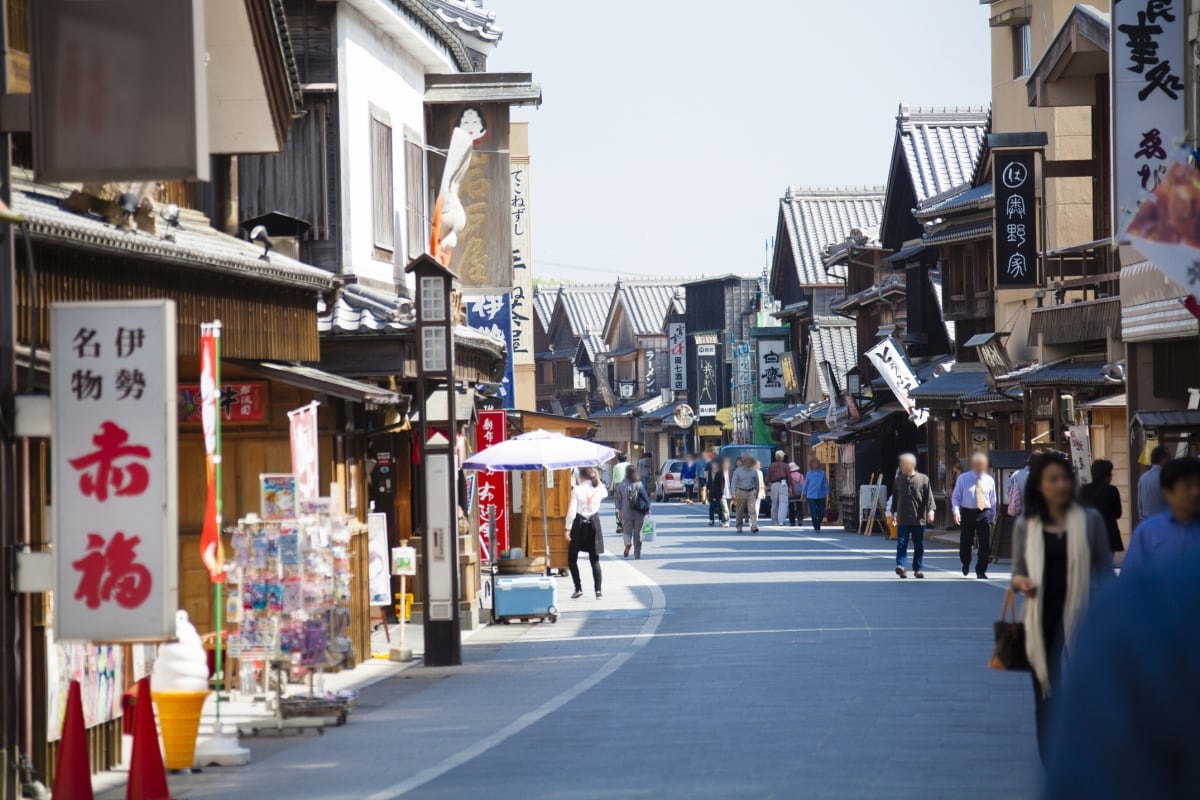Living Heritage: Ise Grand Shrine
For visitors to the Chubu and Kansai regions, Ise Grand Shrine (Ise Jingu) is a place that cannot be overlooked. With more than 1,500 years of history, this complex of Shinto shrines nestled in the forests of Ise is a living piece of Japanese culture.
By Chizuyo Lucashttps://vimeo.com/7990690
While many cultural institutions and sites in Japan have elected to register with UNESCO as pieces of world heritage, Ise Grand Shrine has resisted this trend, as the traditions and rituals that take place there, far from being relics of the past, are still very much alive.
The complex’s inner shrine, Naiku, is said to enshrine Amaterasu-Okami, goddess of the sun in Shinto mythology and legendary ancestor of the Japanese imperial family. Members of the imperial family routinely visit the shrine, and the upper echelons of the priesthood are still comprised mainly of former members of the imperial family.
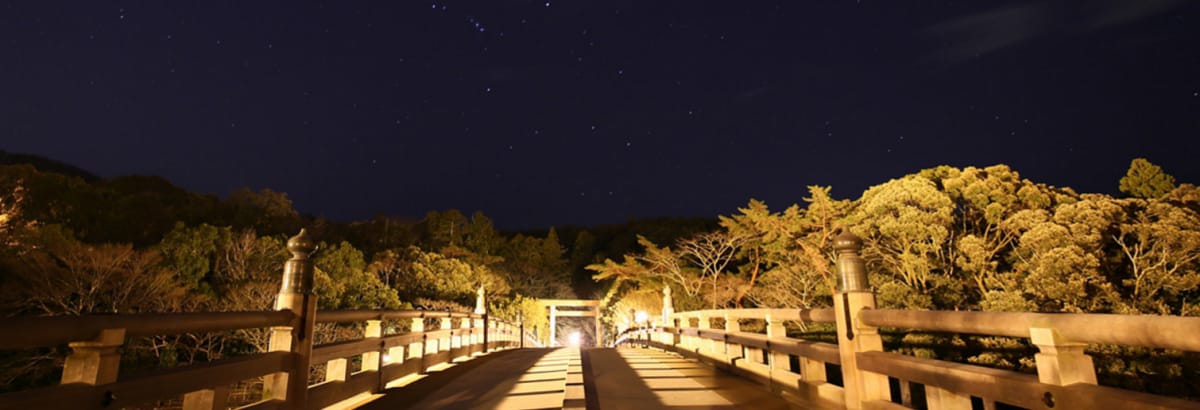
http://www.isejingu.or.jp/top.html
To get to Naiku, visitors cross Uji Bridge, a symbolic link between the mundane world and the sacred domain of the kami (gods or supernatural forces). After a brief purification ritual, visitors enter the inner shrine area and are greeted by enormous hinoki cypress and cedar trees, some of which are hundreds of years old. The Isuzu River also runs through the inner shrine area, and its banks are lined with Japanese maple trees that turn a dazzling crimson during autumn.
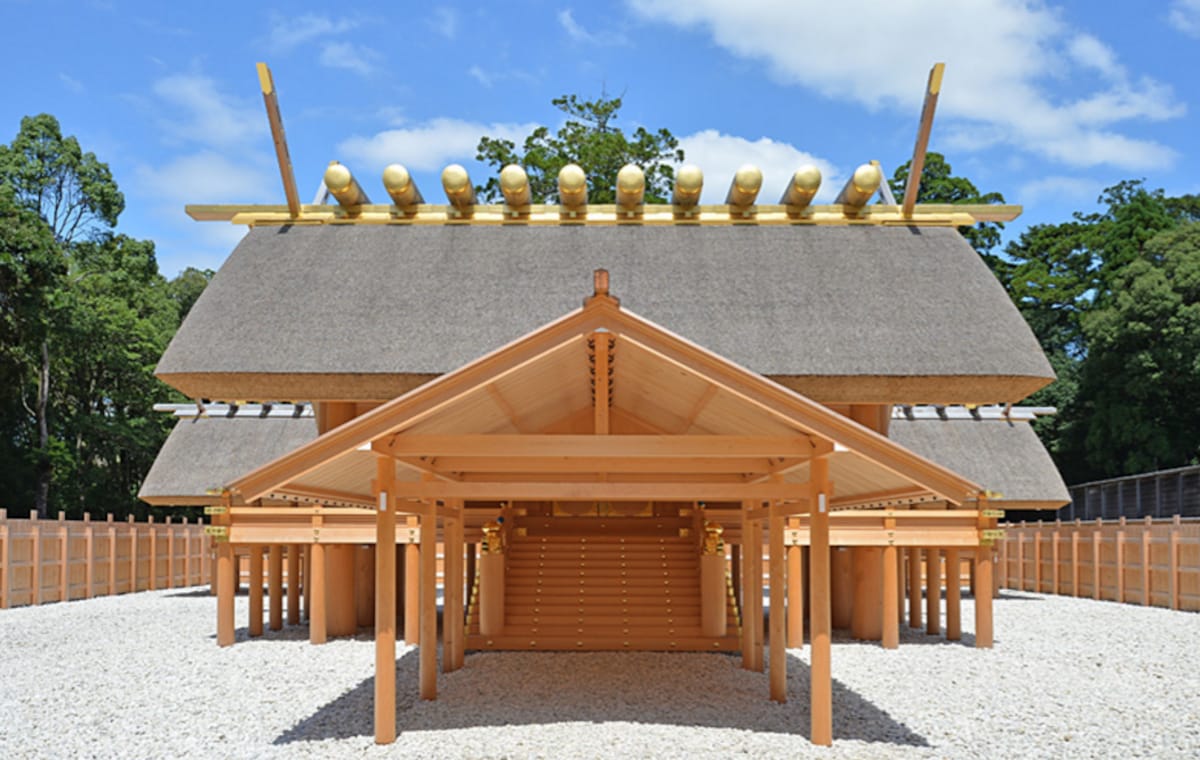
http://www.isejingu.or.jp/about/architecture/index.html
One of the things I enjoy most about Ise Grand Shrine is its architecture. Ise Grand Shrine’s buildings are constructed in what is known as the yuitsu-shinmei-zukuri style, a type of architecture that incorporates building elements common in Japan before Buddhism was introduced to the country via the Silk Road. No other Shinto shrine in Japan may be constructed in this style, and for this reason alone, Ise Grand Shrine stands out among the various shrines that I have visited in my time in Japan. The buildings are beautiful in their simplicity, and walking around the grounds makes you feel like you’ve been transported to another time and place entirely.
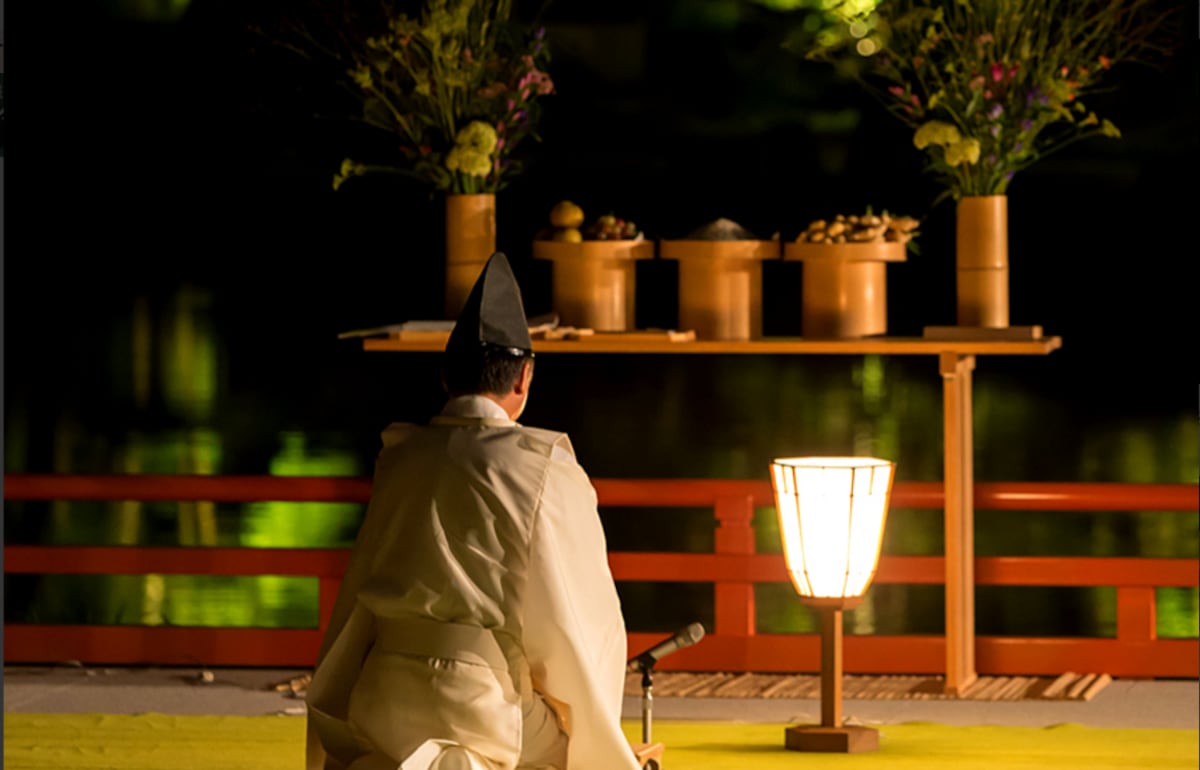
http://www.isejingu.or.jp/ritual/annual/kangetsukai.html
One of the best things about Ise Shrine is the serene atmosphere it provides visitors. Although Ise Grand Shrine attracts more than 8 million visitors each year, the inner shrine never fails to feel silent. This makes the shrine grounds perfect setting for a light stroll or deep contemplation.
Another of Ise Grand Shrine’s most endearing qualities is the deep connection that the shrine complex has with the surrounding communities. Despite its status as one of the most important Shinto shrines in the land, Ise Grand Shrine maintains an intimate relationship with the residents of Ise City. Members of the communities around Ise Grand Shrine regularly participate in various ceremonies held at the shrine complex and the people of Ise talk with great pride about the shrine.

http://www.isejingu.or.jp/sengu/index.html
I had the privilege of being invited to participate in the oshiraishi-mochi (white rock offering) ceremony during Shikinen Sengu, the ritual rebuilding of the buildings in the shrine complex that occurs every 20 years. The groups that participated represented some of the oldest neighborhoods in Ise, and participation in the ceremony is by invitation only.
After pulling a large cart of white stones through the streets of Ise, we finally arrived at Naiku, where each participant then took a white stone and placed it in the inner area of the newly built shrine. The inner area of the shrine is paved with these white stones, and once placed, the stone remains undisturbed for 40 years. It was incredibly moving to see hundreds of people of all ages from the local community banding together to take part in the ceremony, and it was an incredible honor to be accepted as a member of the community for such a momentous occasion.
The districts surrounding Naiku are also worth a look after visiting the inner shrine. All the buildings in these districts, from shops selling traditional goods to restaurants touting local delicacies, are built to emulate traditional-style buildings that were common before World War II. Visitors can pop into one of the famous confectionaries on Oharai-machi for a cup of green tea paired with a traditional Japanese sweet. If you’re like me and prefer savory food, you can head on over to Okage-yokocho for a beef croquette or minchikatsu, a breaded and deep-fried beef patty.
One of the best things about Okage-yokocho is the taiko (Japanese drumming) performances held in the central square on weekends. These performances are free, and if you’re lucky, you can grab a seat just a few feet away from the performers. The vibrations of the drum resonate through the listener’s body, and it is truly a breathtaking experience.
All in all, Ise Grand Shrine and the surrounding districts provide a reprieve from the hustle of modern life. No matter how many times I visit, the cypress- and cedar-lined pathways always beckon me back when I need a moment of calm. There really is no place like it in Japan!


